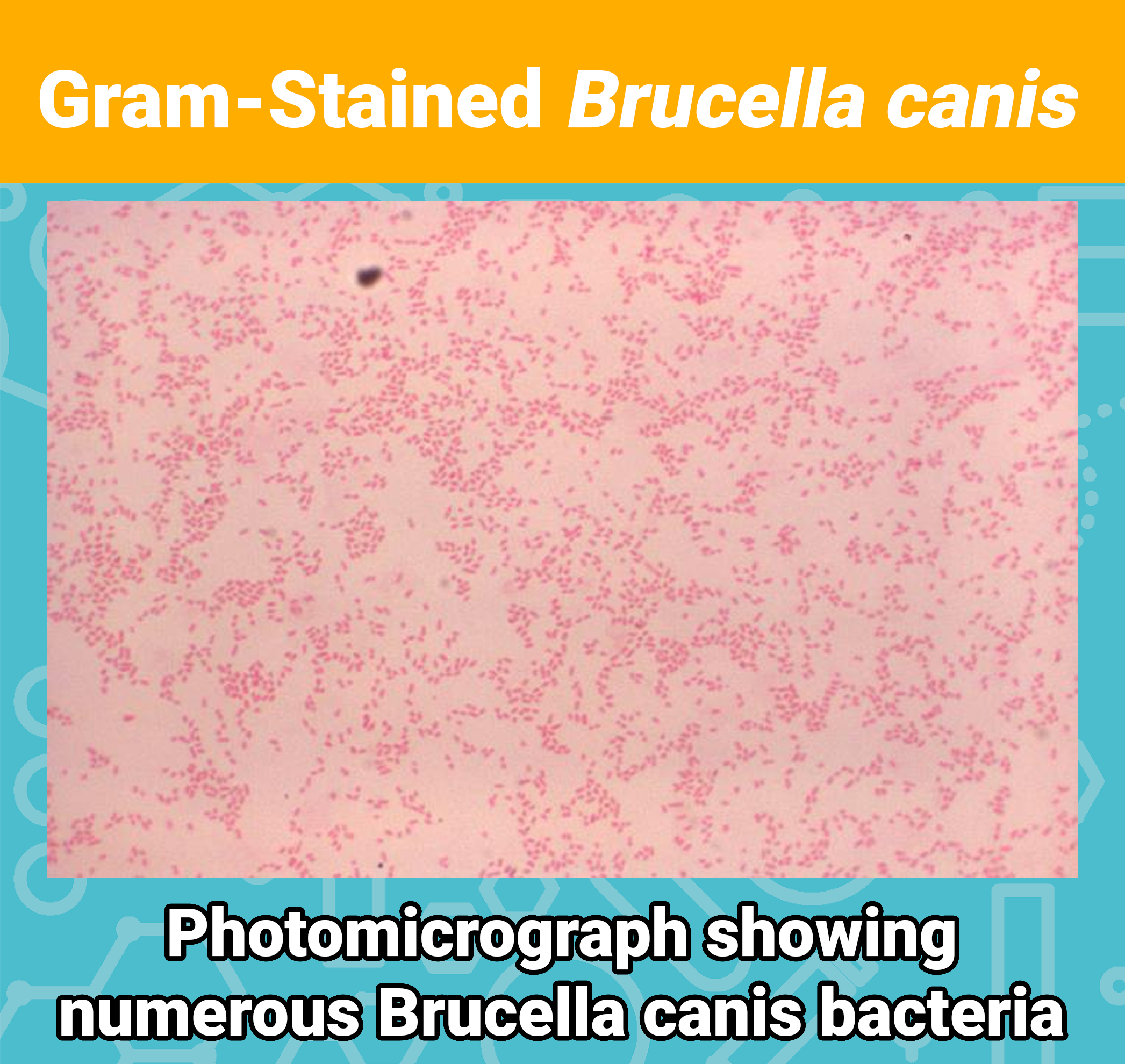Understanding Brucella canis with VMRD
Brucella canis is a Gram-negative bacterium responsible for canine brucellosis, a reproductive disease that causes veterinarians, pet owners and the public a plethora of health issues and concerns. Unlike many illnesses in dogs, B. canis is bacterial and largely affects the reproductive system, leading to infertility, late-term abortion in females, and testicular inflammation in males. It is transmitted through reproductive fluids, aborted foetuses, and contaminated materials. A key issue is that infected dogs frequently appear clinically normal allowing the disease to go unnoticed, causing significant issues in kennels and areas where canines are in close proximity of each other.
.png)
Currently Emerging Issues In the UK
A recent article from the BBC discusses how unregulated dog imports from Eastern Europe has sparked concerns from animal charities, vets, and behaviourists. Thousands of rescue dogs are being delivered to UK homes with minimal screening, leading to increased cases of imported diseases such as Brucella canis, which has seen a sharp rise in recent years. As a result, this has highlighted gaps in regulation, especially in England, Wales and Northern Ireland, where no licensing is required for rescue organisations, the place where the disease spreads fastest.
Zoonotic Potential and Diagnostic Challenges
Being a zoonotic pathogen, Brucella canis can also infect humans, impacting those in close contact with infected animals or laboratory samples. Though B. canis is less common than infections caused by other Brucella species, human cases can result in flu-like symptoms, and in more serious cases, chronic illness. Serological testing can be useful, but accurate confirmation typically relies on more sensitive and specific laboratory techniques such as immunofluorescence assays.
Supporting Research with VMRD Tools for Canine Infectious Diseases
VMRD provide reliable immunofluorescence tools and reagents to support research and diagnosis of Brucella canis and other canine pathogens. Their offering includes FA substrate slides specific to B. canis, along with positive and negative controls essential for assay validation. These reagents are critical to fluorescent antibody testing, and VMRD’s portfolio ensure high specificity and sensitivity.
These tools and reagents help advance research in applications such as host–pathogen interaction, vaccine evaluation, immune response profiling, and outbreak surveillance by enabling researchers and diagnostic labs to detect pathogen-specific antibodies or antigens with precision and reproducibility. By offering accurate, efficient detection of infectious agents, VMRD’s products are proudly distributed by 2BScientific and ensure veterinary researchers, diagnostic laboratories, and public health institutions get accurate results better understand Brucella canis threats in dogs.
| VMRD Brucella canis Product Portfolio | |
|---|---|
| FA Negative Control | FA Positive Control |
| Substrate Slide | |

